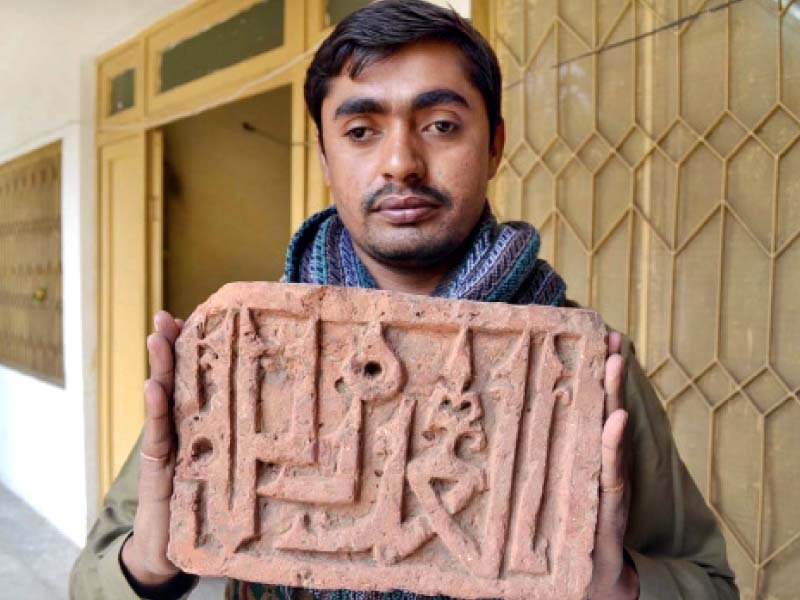
Punjab Archaeology Department official Ilyas Khan said the coins had a Persian inscription.
He said they were at least 500 years old, meaning that they came from the early Mughal era.
He said archaeologists were working to determine whether they belonged whose era they belonged to – emperor Humayun, Akbar or Jahangir.
“It was at 4 pm on December 24 when a kassi – a digging tool - hit a clay pot two feet under the ground,” he said.
He said the pot broke, revealing the coins inside.
Khan said he took the coins to Khatti Chor village of Kabirwala and a spent few days to study the coins and determine their value.
He said an 800-year-old terracotta slab inscribed with Quranic verses, which is believed to be part of a tiles’ panel, an old fashioned lamp and a human skeleton were also recovered from the monument.
Khan said all coins looked to be of the same denomination.
“However, their finish is poor,” he said. The coins had been cut and inscribed by hand-made tools. The coins were had 15 millimetres and four millimetres thickness.
The mausoleum stands on a 12-feet high platform. Khan said the coins were recovered from debris inside a room adjacent to the main chamber.
He said the other objects and the skeleton were dug out at some distance from the room, inside the mausoleum.
Khan said the roof of the mausoleum had collapsed five centuries ago.
Khan said the mausoleum was undergoing conservation under a Rs17.5 million scheme which would include underpinning, reconstruction of its vault roof and replacing missing arches as well as lime terracing after the roof was constructed.
He said some men had stolen tiles inscribed with Quranic verses in 1985, which were recovered later.
He said the tomb was built by Ali Bin Karmakh a governor of Multan in 1175-186 AD.
According to local history, the military commander had come to this area with the armies of Sultan Mahmood Ghaznavi and died here.
Published in The Express Tribune, January 6th, 2015.





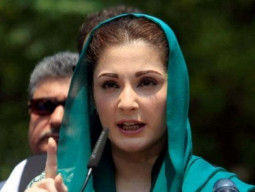

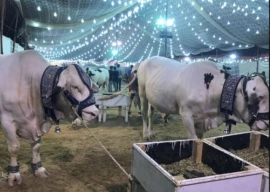




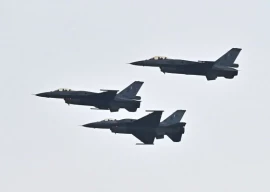



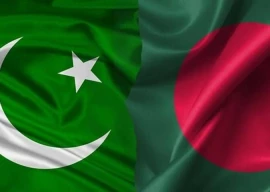
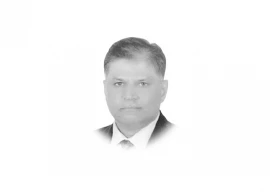


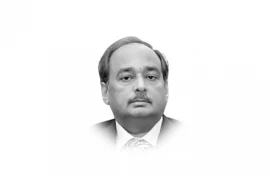


COMMENTS
Comments are moderated and generally will be posted if they are on-topic and not abusive.
For more information, please see our Comments FAQ